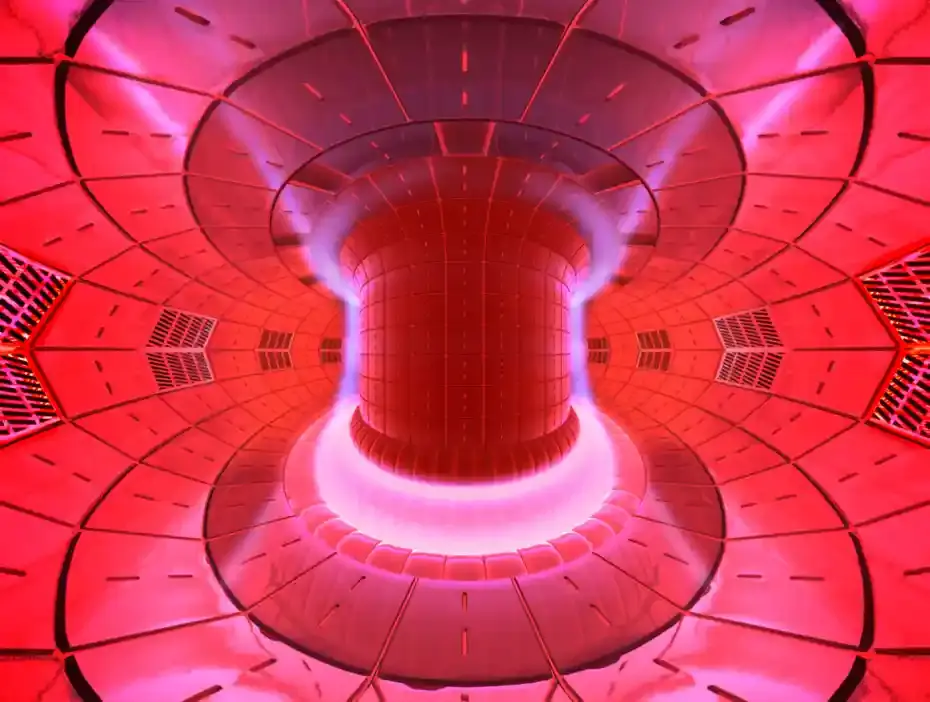On 15 February 2023, the researchers reached a new milestone: for the first time, they were able to achieve an energy turnover of 1.3 gigajoules in this device. This was 17 times higher than the best value achieved before the conversion (75 megajoules). The energy turnover results from the coupled heating power multiplied by the duration of the discharge. Only if it is possible to couple large amounts of energy continuously into the plasma and also remove the resulting heat, a power plant operation is possible.
The energy turnover of 1.3 gigajoule was achieved with an average heating power of 2.7 megawatts, whereby the discharge lasted 480 seconds. This is also a new record for Wendelstein 7-X and one of the best values worldwide. Before the completion works, Wendelstein 7-X achieved maximum plasma times of 100 seconds at much lower heating power.
Within a few years, the plan is to increase the energy turnover at Wendelstein 7-X to 18 gigajoules, with the plasma then being kept stable for half an hour.


